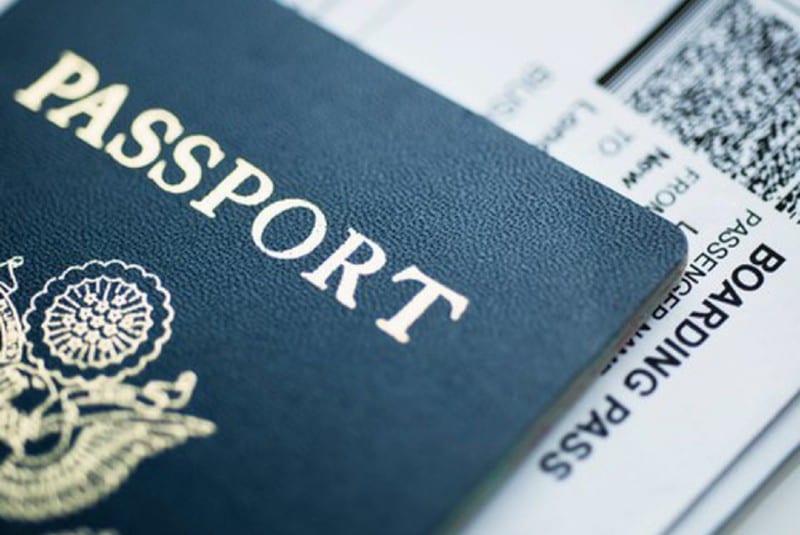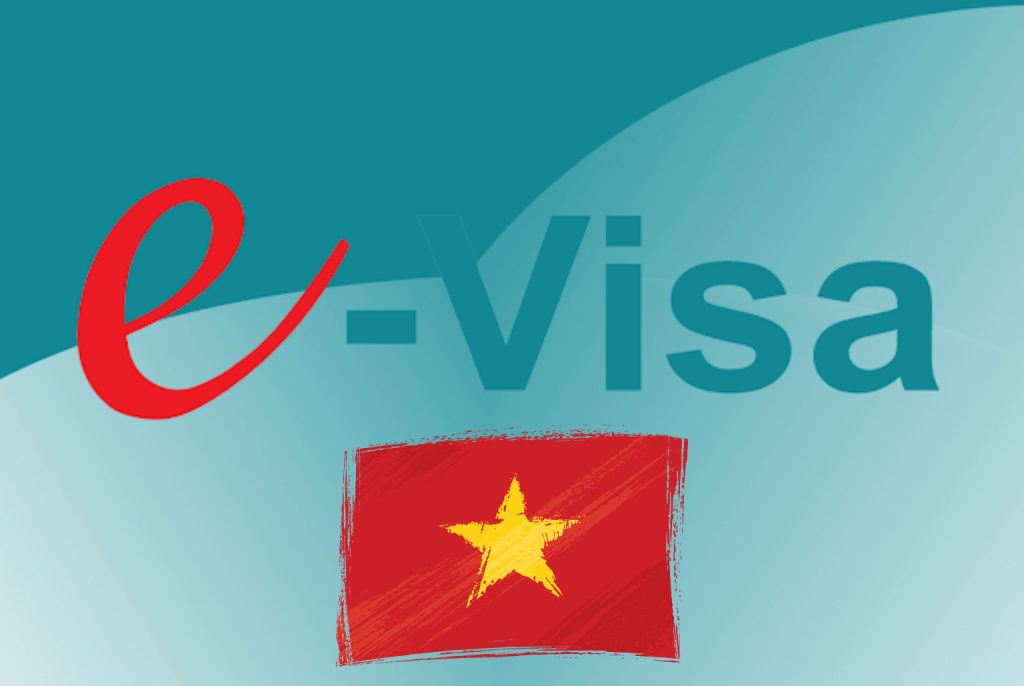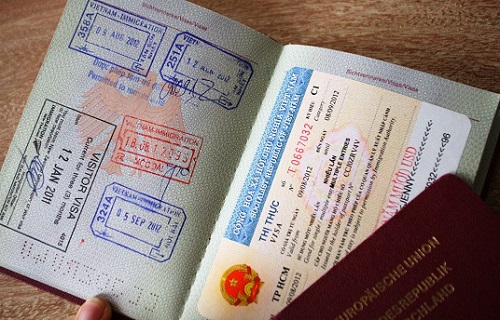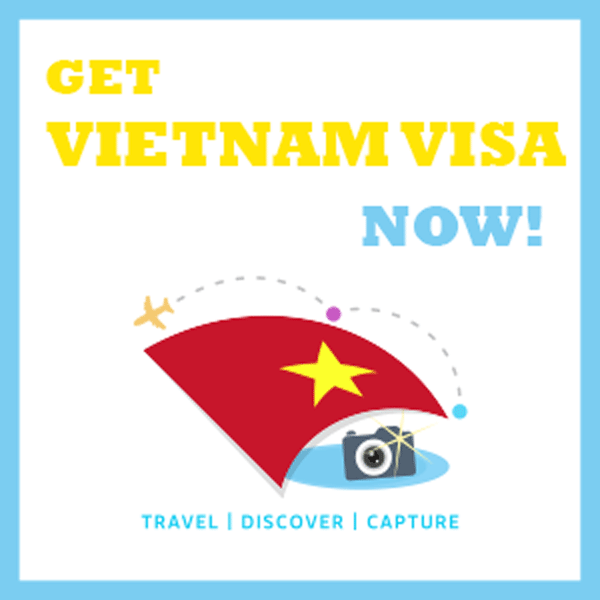Traveling to foreign countries can be an exciting experience, but it often comes with the hassle of obtaining a visa. However, thanks to technological advancements, many countries now offer electronic visas (e-Visas) that simplify the visa application process. Vietnam is one such country that has embraced this digital solution, allowing travelers to apply for an e-Visa online. In this article, we will explore the concept of the Vietnam e-Visa and delve into its various aspects, including the application process, pros and cons, alternatives, step-by-step instructions, comparisons with other visa types, tips for a smooth application, and the best practices to ensure a successful e-Visa application.
Table of Contents
What is a Vietnam e-Visa?
A Vietnam e-Visa is an electronic travel authorization that allows foreign nationals to enter Vietnam for tourism, business, or transit purposes. This online visa system eliminates the need for traditional paper-based applications and visits to embassies or consulates. With a Vietnam e-Visa, travelers can enjoy the convenience of applying for their visa from the comfort of their own homes or offices, saving time and effort.

How to Apply for a Vietnam e-Visa?
Applying for a Vietnam e-Visa is a straightforward process that involves a few simple steps:
- Eligibility: Check if your nationality is eligible for a Vietnam e-Visa. The Vietnam Immigration Department provides a list of eligible countries on their official website.
- Online Application: Visit the official website of the Vietnam Immigration Department or the Vietnamese government’s e-Visa portal. Fill out the online application form, providing accurate personal information, travel details, and passport information.
- Documentation: Prepare the necessary supporting documents, which may include a scanned copy of your passport’s bio page, a passport-sized photo, and other documents as specified by the application guidelines.
- Fee Payment: Pay the e-Visa processing fee online using a valid debit or credit card. The fee amount may vary depending on your nationality and the desired length of stay.
- Submission: Submit your completed application and wait for the processing period, which typically takes a few working days. During this time, the immigration authorities will review your application and make a decision.
- e-Visa Issuance: Upon approval, you will receive an e-Visa approval letter via email. Print out the letter and keep it with you during your travel to Vietnam.
- Entry and Exit: Present your printed e-Visa approval letter at the immigration checkpoint upon arrival in Vietnam. The immigration officers will verify your information and grant you entry into the country.
Pros and Cons of Vietnam e-Visa
Like any travel document, the Vietnam e-Visa has its share of advantages and disadvantages. Let’s explore them:
Pros:
- Convenience: Applying for a Vietnam e-Visa can be done entirely online, saving travelers the need to visit an embassy or consulate in person.
- Time-saving: The e-Visa process is generally quicker than traditional visa applications, as it eliminates postal delays and reduces the processing time.
- Accessibility: The online platform enables applicants to apply for an e-Visa from anywhere in the world, as long as they have internet access.
- Cost-effective: The e-Visa fees are often lower compared to traditional visa processing fees, making it a more affordable option for travelers.
Cons:
- Limited Eligibility: The Vietnam e-Visa is currently available only to citizens of certain countries. Travelers from countries not included in the eligible list must apply for a traditional visa.
- Single Entry Only: The e-Visa allows for a single entry into Vietnam and is not valid for multiple entries or extended stays. If you plan on leaving and re-entering the country, you will need to apply for another e-Visa or a different visa type.
- Processing Period: While the e-Visa process is generally efficient, there might be occasional delays or longer processing times during peak travel seasons.
Alternatives to Vietnam e-Visa
If you are ineligible for a Vietnam e-Visa or require multiple entries or an extended stay, there are alternative visa options available:
- Visa on Arrival (VoA): Travelers arriving at selected international airports in Vietnam can apply for a Visa on Arrival. However, this option involves additional paperwork and waiting time upon arrival.
- Embassy/Consulate Visa: Visit the nearest Vietnamese embassy or consulate to apply for a traditional visa. This method requires submitting your application in person and may have lengthier processing times.

Step-by-Step Guide to Applying for a Vietnam e-Visa
To assist you further,here is a step-by-step guide to applying for a Vietnam e-Visa:
- Step 1: Check Eligibility: Ensure that your nationality is eligible for a Vietnam e-Visa. Refer to the official website of the Vietnam Immigration Department or the Vietnamese government’s e-Visa portal for the list of eligible countries.
- Step 2: Online Application: Access the official e-Visa application platform provided by the Vietnamese government. Fill out the online application form with accurate personal details, including your full name, date of birth, passport information, and travel itinerary.
- Step 3: Supporting Documents: Prepare the required supporting documents as specified in the application guidelines. This may include a scanned copy of your passport’s bio page, a recent passport-sized photograph, and other relevant documents depending on your purpose of visit.
- Step 4: Fee Payment: Pay the e-Visa processing fee using a valid debit or credit card. The fee amount varies depending on your nationality and the desired duration of stay in Vietnam.
- Step 5: Submission: Submit your completed application and wait for the processing period. The immigration authorities will review your application and make a decision within a few working days.
- Step 6: Approval Letter: Upon approval, you will receive an e-Visa approval letter via email. Download and print the approval letter, ensuring its legibility.
- Step 7: Travel to Vietnam: Carry the printed e-Visa approval letter with you during your travel to Vietnam. Present it to the immigration officers at the designated checkpoint upon arrival. They will verify your information and grant you entry into the country.
Please note that the above steps are provided as a general guideline. It is essential to consult the official sources and follow the specific instructions given by the Vietnam Immigration Department or the e-Visa application portal for the most accurate and up-to-date information.
Comparing Vietnam e-Visa with Other Visa Types
When considering travel to Vietnam, it’s crucial to understand the differences between various visa types. Let’s compare the Vietnam e-Visa with other commonly used visas for Vietnam:
- Vietnam e-Visa vs. Visa on Arrival (VoA): The e-Visa can be obtained online before traveling to Vietnam, while the Visa on Arrival requires applying upon arrival at selected international airports. The e-Visa is single-entry and valid for a specified duration, whereas the VoA allows for single or multiple entries with flexibility in the length of stay. However, the VoA involves additional paperwork and waiting time upon arrival.
- Vietnam e-Visa vs. Embassy/Consulate Visa: The e-Visa application process is entirely online, eliminating the need to visit an embassy or consulate in person. In contrast, obtaining a traditional visa from an embassy or consulate requires submitting your application in person and may have longer processing times. Traditional visas may offer more flexibility in terms of multiple entries and extended stays compared to the e-Visa.
Consider your travel plans, duration of stay, and entry requirements before deciding which visa type is most suitable for your trip to Vietnam.
Tips for a Smooth Vietnam e-Visa Application Process
To ensure a successful Vietnam e-Visa application, consider the following tips:
- Apply in Advance: Submit your e-Visa application well in advance of your planned travel dates to allow sufficient processing time. Avoid last-minute applications to avoid any potential delays.
- Double-Check Information: Review all the information provided in your application form and supporting documents for accuracy. Even minor errors or inconsistencies could lead to delays or rejection.
- Valid Passport: Ensure that your passport is valid for at least six months beyond the intended date of entry into Vietnam. An expired passport will result in visa denial.
- Follow Guidelines: Adhere to the instructions and guidelines provided by the Vietnam Immigration Department or the e-Visa application portal strictly. Pay attention to specifications regarding document formats, sizes, and resolution.
- Print Multiple Copies: Print multiple copies of your e-Visa approval letter and keep them in different places such as your hand luggage, wallet, and suitcase. This ensures that you have a backup in case one copy is misplaced or damaged.
By following these tips, you can enhance your chances of a smooth and successful Vietnam e-Visa application process.
The Best Practices for Vietnam e-Visa Application
To make the most of your Vietnam e-Visa application, consider the following best practices:
- Start Early: Begin the application process well in advance, allowing ample time for processing and any unforeseen delays.
- Research and Verify: Stay updated with the latest information and changes regarding the Vietnam e-Visa requirements, eligibility, and application process. Rely on official sources for accurate information.
3.Prepare the Required Documents: Gather all the necessary documents before starting your Vietnam eVisa application. This may include a valid passport, passport-sized photos, travel itinerary, proof of accommodation, and supporting documents for your purpose of visit (such as an invitation letter or business documents).
- Complete the Application Accurately: Fill out the application form with correct and up-to-date information. Ensure that you provide accurate details about your personal information, travel plans, and contact information.
- Double-Check for Errors: Before submitting your application, review all the provided information to avoid any mistakes or typos. Even minor errors can lead to delays or rejections.
- Pay Attention to Photo Specifications: Follow the specified guidelines for passport-sized photos, including dimensions, background color, and appearance. Failure to comply with the requirements may result in rejection.
- Submit Online and Keep Copies: Submit your eVisa application online through the official government website. Make sure to keep copies of all submitted documents and the confirmation receipt for future reference.
- Track Your Application: Stay informed about the status of your application. Check the official website or use the provided tracking number to monitor the progress. In case of any issues or delays, contact the appropriate authorities for assistance.
- Plan Accordingly: Once you receive your approved eVisa, plan your travel accordingly. Take note of the validity period and entry/exit dates to avoid any complications during your visit.
- Be Aware of Scams: Beware of fraudulent websites or agencies claiming to assist with the eVisa process. Use only the official government website and authorized channels for your application.
By following these best practices, you can increase the likelihood of a smooth and successful Vietnam eVisa application experience. Remember to stay informed, be well-prepared, and adhere to all the requirements set by the Vietnamese government.







